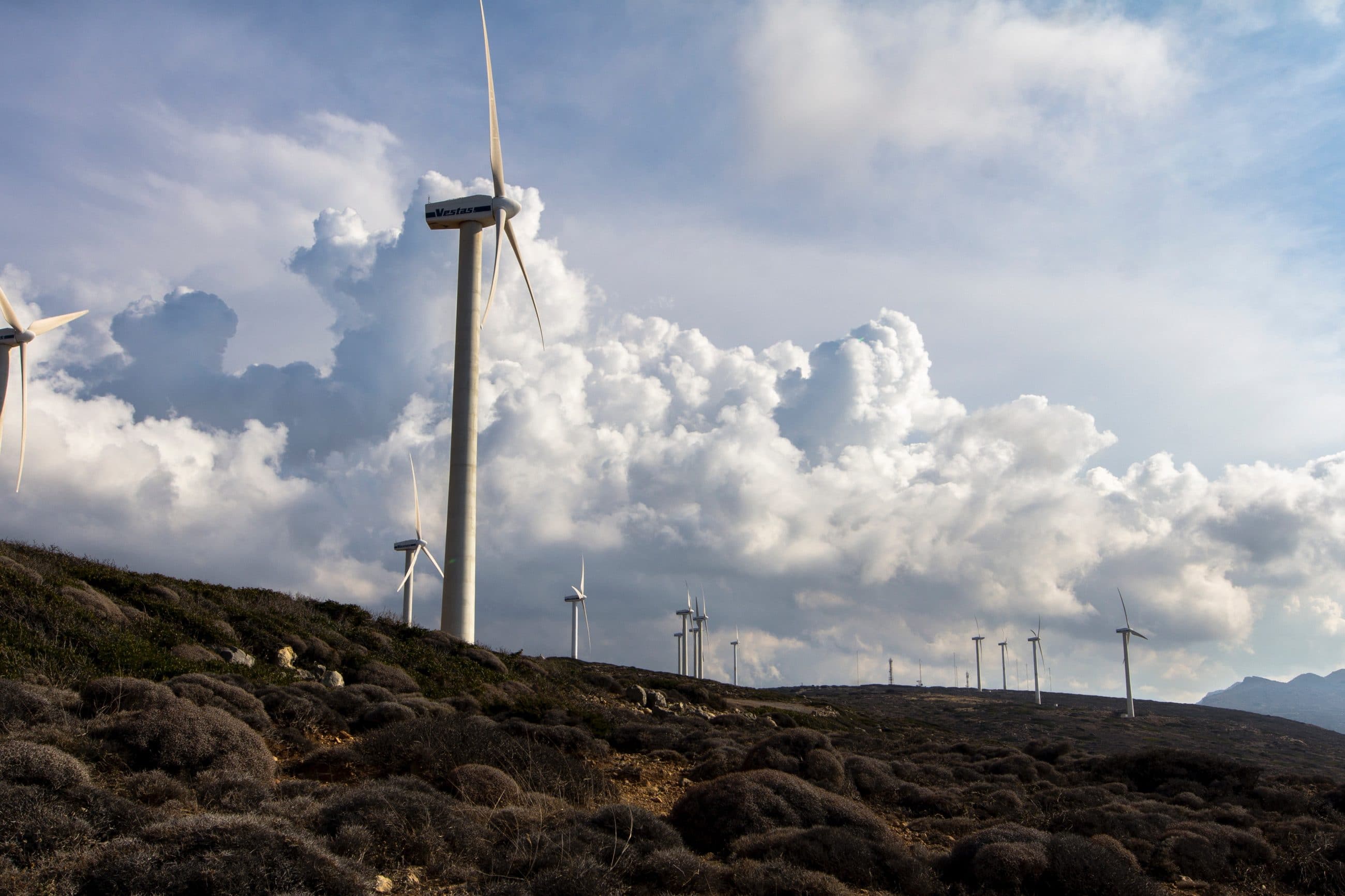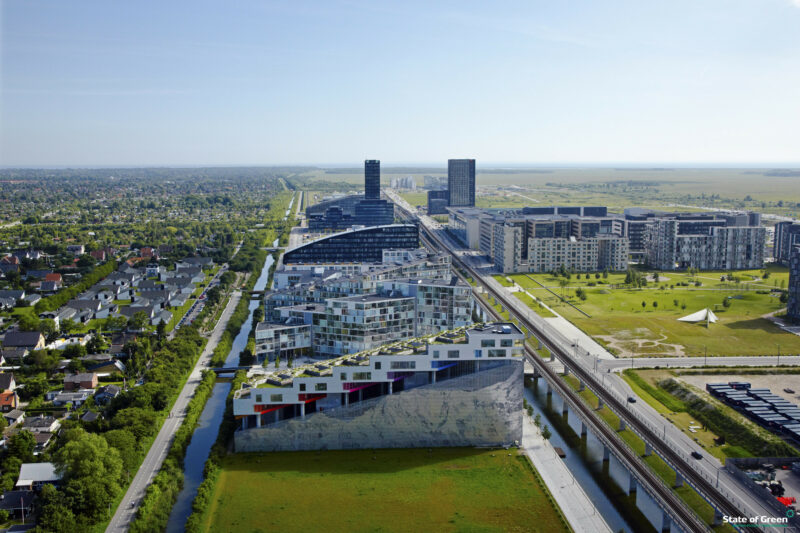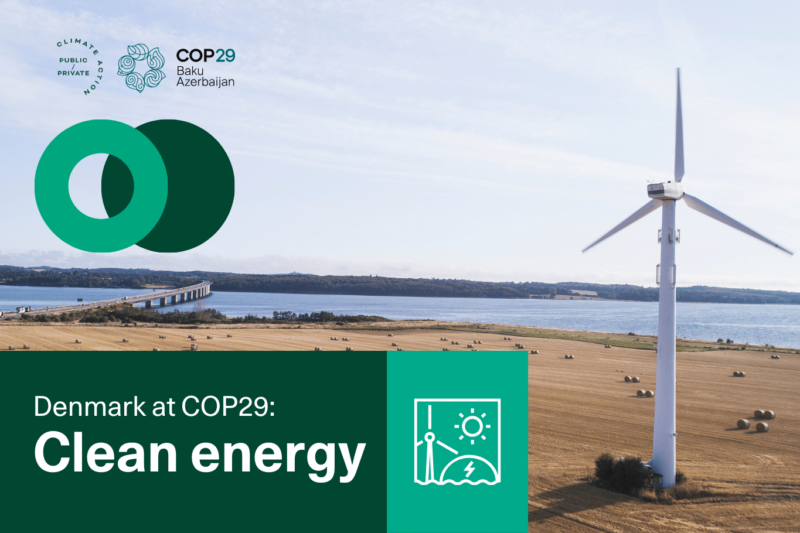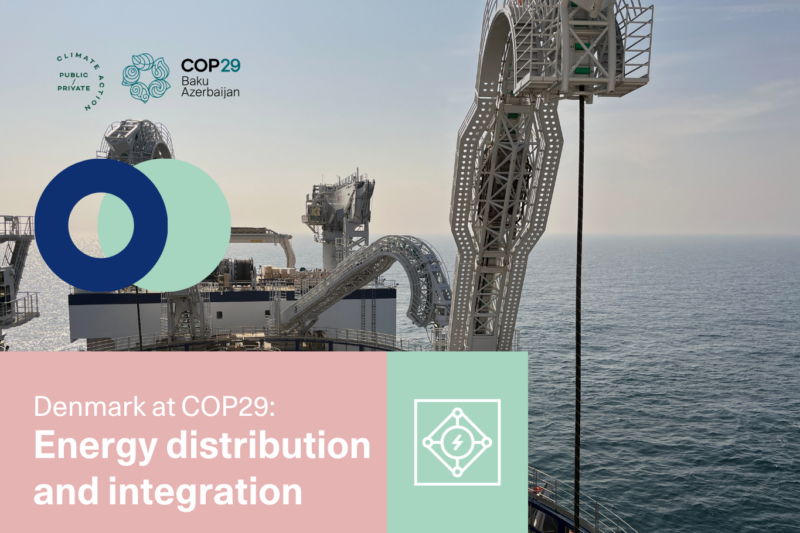News
Energy storage
Smart energy systems
Salt is the key component to store green energy for weeks


A Danish partnership is sending the steam turbine, which has been the backbone of energy production for decades, into the 21st century. The key ingredient for that journey is salt.
The partnership project “Molten Salt Storage” gathers a number of companies, the Danish energy utility company DIN Forsyning and professor John Hald from the Technical University of Denmark (DTU). Their plan is to store energy from renewable sources in liquid fluorine salt –like a giant battery of sorts.
“We need to be able to save the surplus electricity from, for example, offshore wind turbines - and we can do that in the salt storage we are working on in the current project. With a high energy density, a low melting point and a high boiling point, we can heat the salt up to about 700 degrees °C with green excess power without seeing it evaporate,” said Professor John Hald at DTU Mechanics in a press release.
Their plan is to use the stored energy from the salt plant to operate a steam turbine that can generate new, green energy and heat in the electric or district heating grid. The salt should be able to store green power for weeks.
-Related solution: Innovative energy storage: 600-degree hot stones are used to store green electric power
A great example of sector coupling with export potential
The projects partners all take care of specialised tasks in ensuring the functioning of the salt storage solution. One challenge of the fluorine salt used is that it is corrosive. Part of the innovation project is therefore about finding materials that can hold on to the hot salt without rusting - a task that the Danish company Seaborg Technologies takes care of. Meanwhile, another partner – the consultancy firm Viegand Maagøe – is in charge of ensuring the competitiveness of the project.
“If we can demonstrate through the collaboration that the salt storage works, it has wide applications in the energy and district heating sectors - both in Denmark and internationally. It could be a new export adventure,” said Carsten Glenting, partner at Viegand Maagøe, in a press release.
According to the Danish cluster organisation Energy Innovation Cluster that facilitates the salt storage project, the innovation project is a great example of increased sector coupling, which could define the future of the energy system.
"Energy storage is a key challenge on the road to the [Danish climate target of a] 70 per cent reduction of greenhouse gases in 2030. The salt storage project is a good example of a joint innovation force making a positive difference - both in terms of climate and potential business areas for Denmark as energy in the future," said Glenda Napier, CEO of the Energy Innovation Cluster.
The project has received EUR 300.000 from the EU Regional Fund and is expected to be completed in December 2020. Molten Salt Storage is facilitated by the Energy Innovation Cluster. The partners are DIN Forsyning, Seaborg Technologies, DTU - Technical University of Denmark, Viegand Maagøe, Blue Consulting and KIRT X THOMSEN.
You should consider reading
solutions
Combined heat and power production
+6
CopenHill: The story of the iconic waste-to-energy plant
20 November 2024publications
Combined heat and power production
+9















